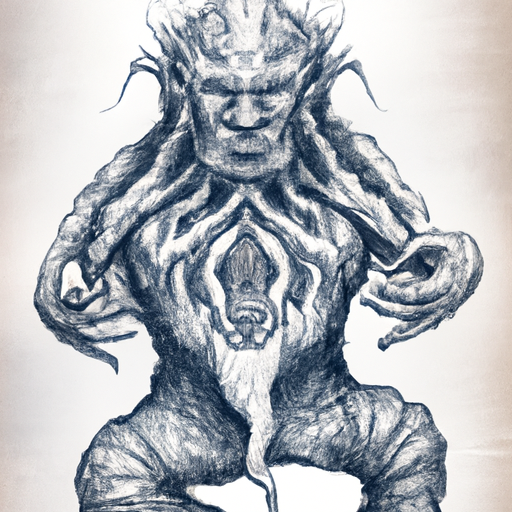This blog post explores the rich tapestry of Israeli folklore and mythology. It delves into the cultural and historical context that gave birth to these stories, examining their significance in shaping Israel’s cultural identity. Israel’s folklore is not only a testament to its vibrant past but also serves as a mirror reflecting the nation’s values, beliefs, and aspirations.
1. ‘Who is the Golem?’ – Exploring the Clay Giant of Jewish Lore
The Golem, a creature of Jewish folklore, has captivated imaginations for centuries. Crafted from clay and brought to life through mystical incantations, the Golem is a symbol of protection and justice in Jewish tradition. Legends tell of rabbis who, in times of great peril, created these towering figures to defend their communities. The most famous Golem story comes from Prague, where Rabbi Judah Loew is said to have animated a giant to protect the Jewish population from persecution.
The tale of the Golem raises profound questions about the nature of power and responsibility. As a being of immense strength but limited intellect, the Golem embodies the complexities of playing god. It reflects humanity’s eternal struggle with the consequences of our creations and the ethical dilemmas that arise when we seek to control forces beyond our understanding. The Golem serves as a cautionary figure, reminding us of the dangers of unleashing forces we cannot comprehend.

1. An illustration of the Golem, a creature from Jewish mythology
2. The Enigma of Lilith: Fact or Fiction?
Lilith, a figure from ancient Jewish mythology, remains a mysterious and enigmatic presence in folklore. Described as Adam’s first wife in some texts, Lilith is often portrayed as a symbol of independence and defiance. Rejecting subservience to Adam, Lilith chose to leave the Garden of Eden rather than compromise her autonomy. This rebellious act has sparked centuries of debate about its true nature and significance in religious narratives.
Scholars continue to grapple with the question of whether Lilith was a historical figure or a mythological creation. Some argue that she represents a pre-biblical goddess figure, while others see her as a cautionary tale about the consequences of disobedience. The ambiguity surrounding Lilith’s origins only adds to her allure, as she embodies themes of female empowerment, sexuality, and the complexities of human relationships.
3. ‘Can we find truth in myths?’ – The Impact of Folklore on Israeli Society
Folklore plays a significant role in shaping the cultural identity of Israeli society, serving as a repository of shared beliefs, values, and traditions. Myths and legends provide a lens through which individuals interpret their history and heritage, offering insights into the collective consciousness of a community. While some may dismiss folklore as mere fantasy, others argue that myths contain kernels of truth that reflect the experiences and aspirations of a people.
Through the retelling of ancient tales and legends, Israeli society connects with its roots and reinforces a sense of national pride and belonging. The stories of heroes, prophets, and mystical beings serve as cultural touchstones that bind individuals together and foster a sense of unity amid diversity. By exploring the themes and symbols embedded in folklore, Israelis can gain a deeper understanding of their shared past and envision a common future.

3. A collage of Israeli art, literature, and films influenced by folklore
4. Israeli Folklore in Modern Media: A Revival of Old Narratives?
In recent years, Israeli folklore has experienced a resurgence in modern media, with filmmakers, writers, and artists drawing inspiration from ancient myths and legends to create new narratives that resonate with contemporary audiences. This revival of old stories reflects a desire to reconnect with the cultural heritage and traditions that have shaped Israeli identity over centuries. Through the adaptation of folklore in film, literature, and visual arts, creators are breathing new life into age-old tales, infusing them with fresh perspectives and relevance for today’s world.
The use of Israeli folklore in modern media not only serves as a form of artistic expression but also as a means of preserving and transmitting cultural knowledge to future generations. By incorporating traditional motifs and themes in their work, creators are ensuring that the rich tapestry of Israeli mythology continues to captivate and inspire audiences both at home and abroad. This fusion of old and new narratives not only bridges the gap between past and present but also fosters a sense of continuity and connection to the roots of Israeli culture.
Israeli folklore and mythology are integral facets of the country’s cultural fabric. These stories, passed down through generations, have shaped Israel’s identity and continue to influence its society and arts. Their enduring appeal underscores the human desire to make sense of the world through narratives, highlighting the universal language of myths and folklore.
